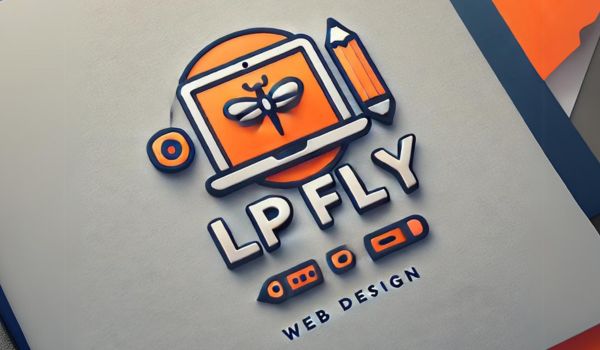Introduction
Elementor is a fantastic tool that allows users of all skill levels to create stunning, fully customizable websites. One of the most useful aspects of Elementor is its capability to design custom headers without needing complex code. Headers are a key element on any site; they contain menus, logos, and links that guide visitors through your website. A unique header can set your site apart and provide a professional feel. This guide will take you through the essential steps to create a custom header in Elementor, making it easy to design and personalize.
1. Start with Elementor’s Theme Builder
Elementor’s Theme Builder allows you to design headers, footers, and other elements in one place. Begin by navigating to the Theme Builder, where you’ll see a section for Headers. Click on “Add New” to start building your header from scratch or choose a pre-built template to customize.
Example: If you’re building a travel blog, a template with a clear navigation and a logo area will keep things simple while giving it a unique, branded look.
2. Choose a Layout That Matches Your Site’s Style
The layout of your header should complement your website’s design. Elementor offers multiple layout options, including centered, left-aligned, or split designs. Experiment with each layout until you find the one that aligns best with your style and purpose.
Example: For a minimalist portfolio site, a centered logo with navigation on either side could create a balanced and sophisticated look.
3. Add a Logo for Brand Recognition
Your logo is the face of your brand, so make it prominent in your header. Elementor’s Image widget makes it easy to upload and position your logo wherever you want. Adjust the size to ensure it’s visible without dominating the header.
Example: For an online boutique, place your logo on the left side of the header with menu items to the right, creating a balanced look that directs attention to your brand.
4. Create a Navigation Menu
A clear navigation menu helps visitors find what they need quickly. Use Elementor’s Nav Menu widget to add your main menu to the header. Customize the font, color, and style to match your site’s theme, making it easy for visitors to explore your pages.
Example: On an eCommerce site, include primary sections like “Shop,” “About,” and “Contact” in the navigation for easy access.
5. Add Call-to-Action Buttons
If you want visitors to take specific actions, such as signing up for a newsletter or exploring your products, add a call-to-action button in the header. Elementor’s Button widget allows you to create an eye-catching button with a link to important pages.
Example: For a fitness blog, place a “Get Started” button in the header that links to membership or subscription plans, making it easy for users to join.
6. Make the Header Sticky for Easy Access
A sticky header stays visible as users scroll down the page, providing constant access to navigation. This feature is particularly useful for longer pages. In Elementor, you can enable sticky settings by selecting “Advanced” in the header’s settings and toggling the sticky option.
Example: On a blog, a sticky header with categories helps readers jump between posts without scrolling back to the top.
7. Add Social Media Icons
Including social media icons in your header allows visitors to connect with you on other platforms. Elementor’s Icon widget can be customized with popular social icons, linking directly to your profiles.
Example: For a restaurant website, place social icons in the header so visitors can follow your Instagram or Facebook pages for updates on menus and events.
8. Customize Background Colors and Transparency
The header background color is a key part of your site’s aesthetic. Choose a color that complements your brand, or make it transparent for a modern look. In Elementor, you can adjust colors and opacity easily within the header’s style settings.
Example: For a photography website, a transparent header lets your homepage image show through, creating a sleek and artistic feel.
9. Ensure Mobile Responsiveness
A responsive header adapts to different screen sizes, providing a great experience on desktops, tablets, and phones. In Elementor, use the responsive mode to customize the header’s look for each device, making sure menus, logos, and buttons are appropriately sized and positioned.
Example: On mobile, a condensed version of your header might work best. Use a “hamburger” icon for the menu to save space and keep the design clean.
10. Test and Preview Your Header
Once you’re happy with your header, preview it across different devices to make sure it looks and functions as expected. Test all links and buttons to confirm that they lead to the correct pages. Elementor’s preview mode lets you see how the header will appear live, so you can make final adjustments before publishing.
Example: After finalizing a custom header for an online course site, test the navigation links to ensure they guide users to important areas like “Courses,” “Blog,” and “Contact.”
Conclusion
Creating a custom header in Elementor is a powerful way to establish your website’s identity and provide a smooth user experience. By following these steps, you can design a header that not only looks professional but also enhances navigation and engagement on your site. Remember, practice and experimentation are key to mastering Elementor’s tools, so don’t be afraid to try different styles and settings. For further guidance, Elementor’s tutorials and community forums offer great resources to keep you inspired.
Happy designing, and enjoy crafting a header that stands out!
